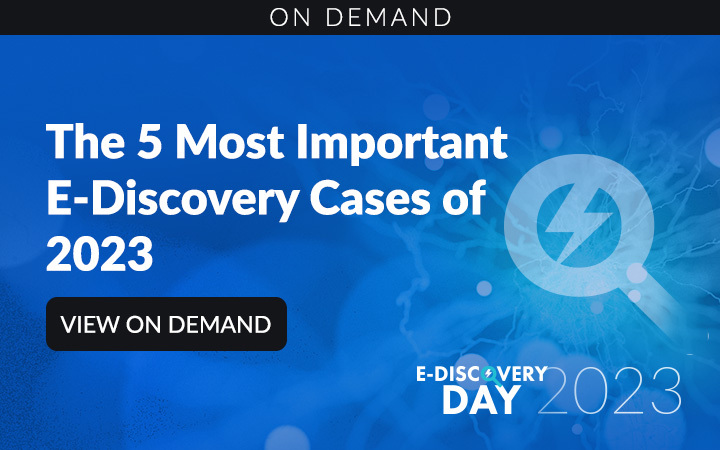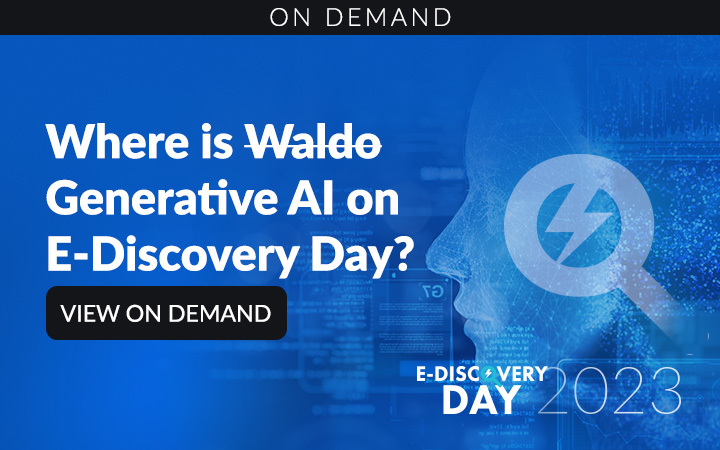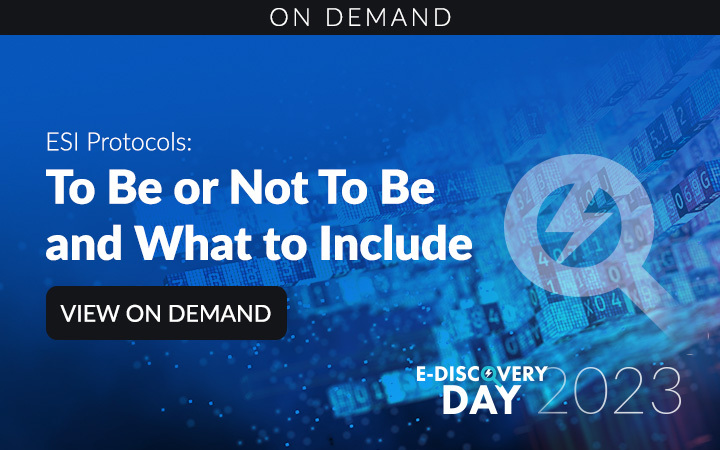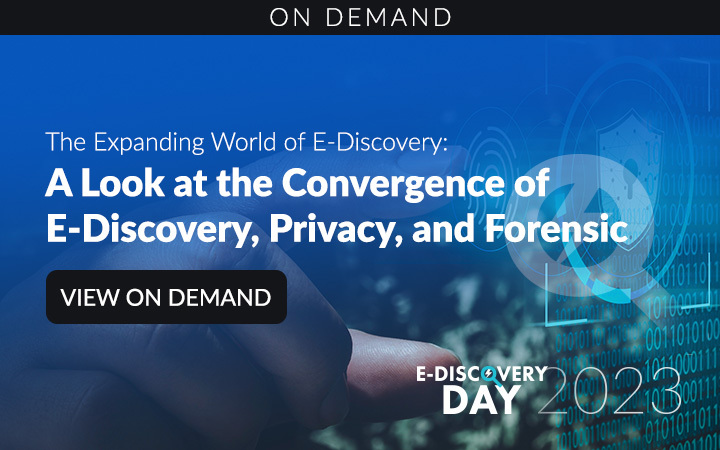What is E-Discovery Day?
Ten years ago, Exterro created E-Discovery Day to highlight the growing importance of e-discovery in the legal process and to give e-discovery professionals a day dedicated to learning, networking, and celebrating their role.
- Participating in E-Discovery Games, Contests
- Learning from E-Discovery Experts
- Meeting New E-Discovery Friends
2024 Webinars On-Demand








